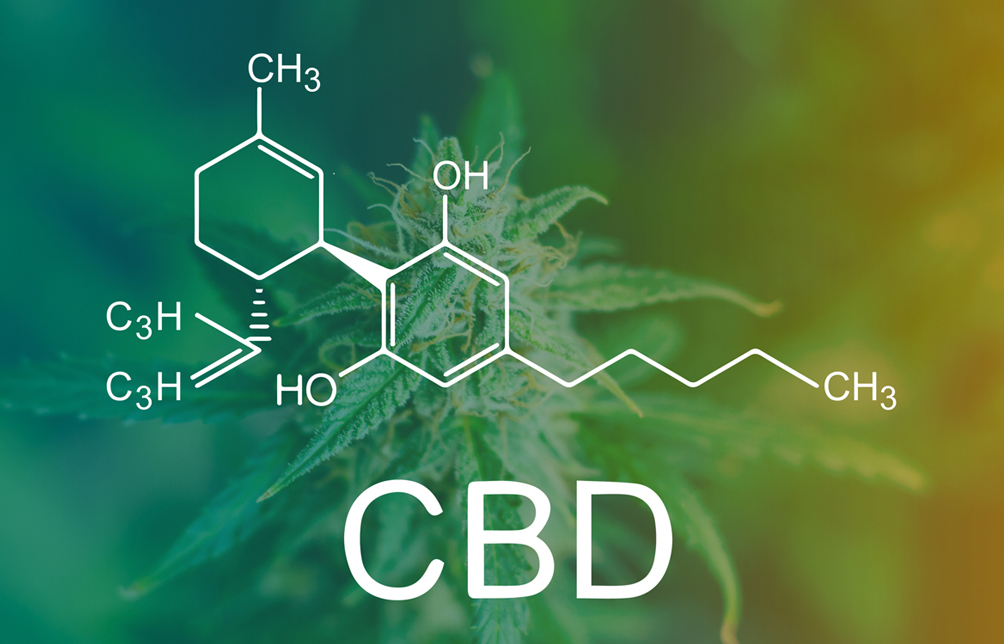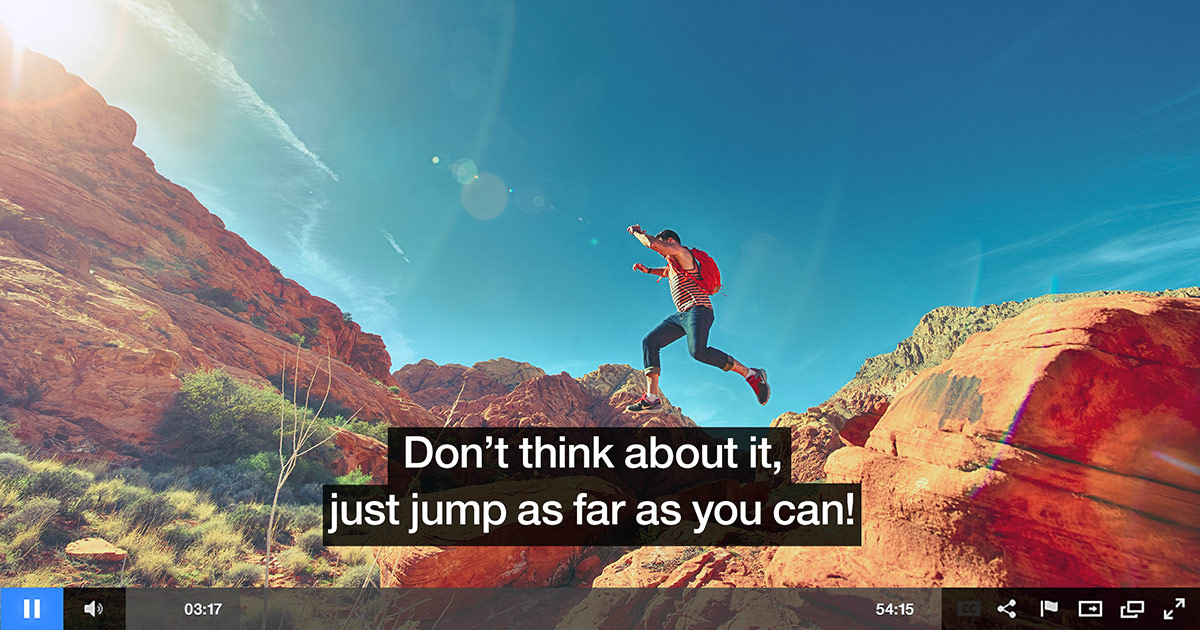
State of CBD Advertising as We Look to Close Out 2020
In recent years we have seen CBD make an explosive appearance into consumer markets and we don’t plan to see it slowing down anytime soon. The popularity of CBD is partly due to the increasing legalization of marijuana across the country as well as how CBD has been marketed as a medicinal alternative to a plethora of illnesses, ailments, and diagnoses.
In states like California, CBD products at once seemed like a social fad to perhaps leave as quickly as it came. But, now, it is clear that CBD is here to stay, which means advertisers must keep up.
(Side note: it is important to note the difference between CBD, short for cannabidoil, and marijuana, so, here’s a little breakdown — CBD is one of the hundreds of compounds found in the cannabis plant with potential to help with pain, seizures, and anxiety, making it a popular alternative for medical and recreational marijuana consumers. The most popular form of CBD is CBD oil that can be topical, ingested, or vaped. The main difference between CBD and marijuana is that CBD is derived from hemp, a member of the cannabis family, which contains no more than 0.3% of psychoactive Tetrahydrocannabinol (THC) (the stuff that gets you high), making it impossible to get high off of CBD and therefore, more widely marketable than mairjuana)
According to a Consumer Reports survey in April 2019, 25% of Amricans, then, had tried a CBD product in some shape or form. From there, it can be projected that sales of CBD, CBG, and hemp-infused products will reach $20 billion by 2024.
In a market with this much money at stake, it’s not shocking that thousands of online retailers now offer some sort of CBD product. Some of these retailers include CVS, GNC, Urban Outfitters and Walgreens.. In addition to this, the online marketplace for CBD products has exponentially grown as well.
However, just because there is a huge demand for CBD doesn’t mean that CBD companies can advertise their products freely. There are still plenty of obstacles that make advertising CBD very tricky, leading companies to work around the system. For example, most major online marketing channels such as Google Ads, Facebook Ads, Instagram Ads, and Amazon do not allow CBD advertisements,which takes out a huge chunk of marketing real estate.
Some CBD companies do try to cheat the system by subtly wording their CBD ads in hopes that it will slide past the ad moderators, but this is not guaranteed nor really successful because in a sense, campaigns run like this leads to companies overspending on ineffective ads without a measurable ROI.
But, fear not! Just because extensive restrictions do exist for CBD marketers, doesn’t mean your CBD brand can’t market at all. Without a doubt, there are still a few very effective ways for CBD companies to advertise their products in the digital world.
But first, let’s understand the nature of the existing restrictions.
As for Facebook, the platform does not allow ads that promote the sale or use of illegal, prescription, or recreational drugs, including drug related paraphernalia such as images of weed/hemp leaves and plants. However, in more recent times, Facebook updated its policy to allow results from marijuana-related accounts to show up in the search bar, meaning your CBD company can be listed after being verified by Facebook. And in the most progressive of news, Facebook now allows ads for topical hemp, however, the ads cannot specifically show those or other CBD products in the ad itself.
Google restrictions are similar to Facebook’s in the way that they prohibit ads promoting substances that alter mental states, producing said “highs,” such as cannabis. Basically, as of now, Google wants nothing to do with anything cannabis, strictly restricting all cannabis recreational drug content from products to instructional content on how to produce, purchase, or use such drugs. In fact, Google is so serious about their anti-cannabis stance that they implement punishments to those who go against their guidelines by either disapproving the ad, suspending the account, or making a compliance review.
And though there are platforms that do allow cannabis centered ads, there are still strict restrictions that vary state to state depending on each state’s individual drug laws. For example, some states are more strict, requiring state approval or distinct language and disclaimers. But, throughout, there is a general guideline that the ads must focus on spaces where at least 72% of the audience is 21 years of age or older; in addition to this, the ads cannot show consumption or appear to target minors, or make false health claims.
Though these restrictions may seem like a huge pain in the ass disadvantage (and you wouldn’t be wrong for thinking so), hang on to the hope that there are still other ways to market that will suffice until the ad industry becomes more tolerant of CBD.
What You Can Do:
Even though Facebook and Google are highly restrictive to CBD advertising, CBD companies still have many options in the digital ad pool. A plethora of other mainstream websites are willing to accept cannabis and CBD ad buys, such as Huffington Post, Newsweek, ESPN, Politico, Complex, Barstool Sports, The Chive, and USA Today. Furthermore, opportunities for CBD ad buys branch out into other fields as well, such as radio ads via iHeartRadio and connected tv ads via Hulu and Roku.
Digital advertising for CBD brands is an ideal medium due to the fact that modern ad targeting technology can use concise user data to intentionally target the appropriate audiences — such as those above the age of 21. Similar targeting strategies available to CBD companies is identifying known cannabis and CBD consumers, tracking users who have downloaded or visited apps or websites like WeedMaps or Leafly, or liked an “alternative wellness” brand on Facebook, or even visited a local dispensary in the past 30 days. So, just like any other ad, CBD companies have the power to serve their ads to the most promising audience.
Similarly, CBD companies also have the power to capitalize on other digital territories that aren’t blocked off by Google and Facebook, mainly from utilizing the following three routes.
One of these options is SEO and Content Marketing. SEO (search engine optimization) is the process of making the pages of your site appear higher up in search results for related inquiries such as “buy CBD oil.” This helps drive organic traffic and sales to your CBD website, proving it to be one of the most impactful tools in online marketing. And as one would assume, the higher up you are in the search results, the more likely your page is to be visited by potential consumers, which requires continual upkeep and optimization.
Another huge avenue for marketing CBD products is through Influencer Marketing. In an age where social media is king, this is quite possibly one of the most modern and new frontiers of advertising, but surely one that makes an impact. Influencer marketing gives brands the opportunity to place their content on social media channels of popular individuals on the platform. By choosing the right influencer for your product, you are guaranteed exposure to that influencer’s followers as well as customer trust as they are being exposed to your brand by a person they trust. And therefore, by having a celebrity, public figure, or athlete promote your product, your brand earns a greater level of respect, trust, and credibility. However, it’s important to note that not every influencer is right for your brand. If going this route, make sure to choose an influencer that has a following similar to your target consumer base, as well as a personality and presence that aligns with your CBD brand itself.
Lastly, we have the option of social media as a whole, influencers aside. It is almost imperative that your brand have an organic audience of brand followers as it is an impactful way to create buyers and brand evangelists. But, this doesn’t just happen overnight — starting your brand’s social media presence from scratch is an uphill battle that requires patience and passion for the brand. It takes consistent and engaging content, proper and intentional following, and constantly refining your strategy to develop a loyal customer base.
For some, the inability to serve ads freely through huge platforms like Google and Facebook is particularly daunting. But, we encourage these companies to get creative until more doors inevitably open for CBD advertising. We predict that as the popularity of CBD products continues to grow and become normalized globally, restrictions on advertising platforms will have no other choice but to welcome CBD ads with open arms. Soon, the promiscuous profit that the cannabis industry flaunts will be too hard to turn down. But, until federal laws about cannabis change, the doors of CBD advertising are still sewn shut. But in the meantime, while we wait for the gatekeepers to let us in, CBD retailers have to make it work creatively and intentionally!




![Marketing Under the Influence[r]](https://oculu.com/wp-content/uploads/2022/04/marketing-under-influencer.png)
